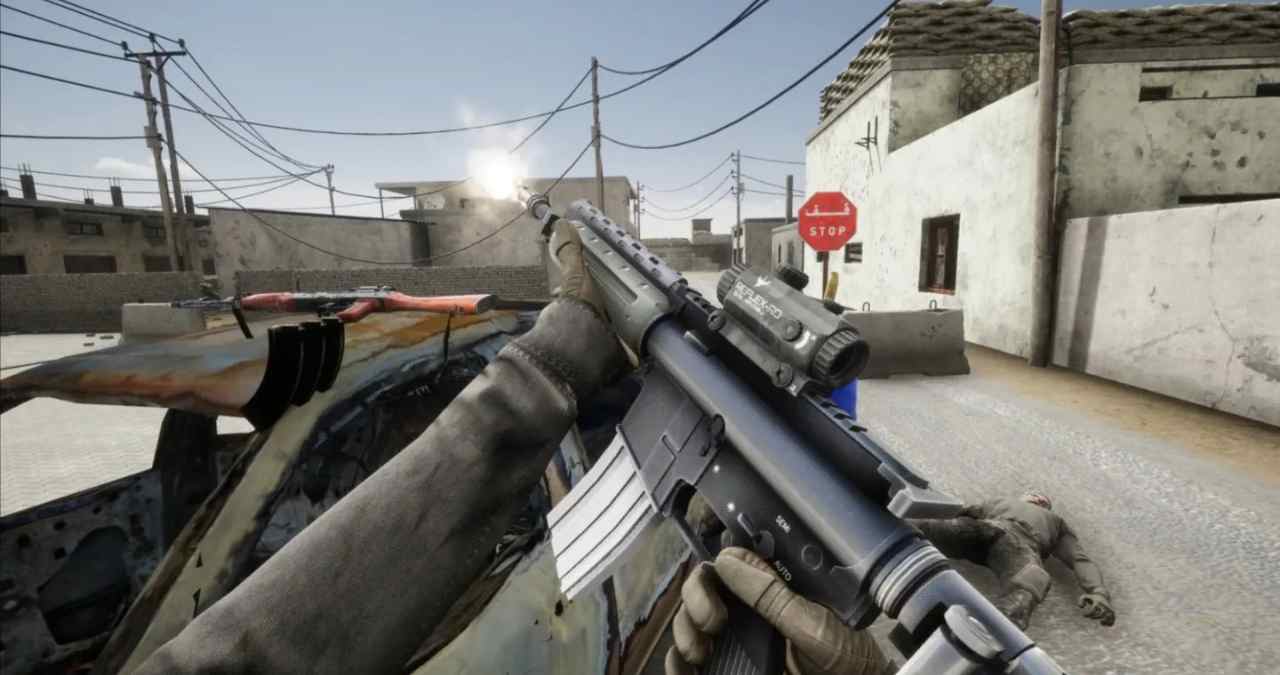Powered by Unreal Engine 5, Beyond the Sandbox is targeting a fall release on Quest and PC VR, bringing high-fidelity environments and realistic physics to the sandbox genre as it aims to provide a flexible, immersive simulation toolkit for VR users seeking grounded experimentation.
Aiming for Realism in VR Simulation
Beyond the Sandbox is positioning itself as a flexible VR simulation environment, combining detailed physics and highfidelity visuals to create a space where players can experiment and build within VR. Slated for a fall release, the project is built on Unreal Engine 5, signaling a focus on realism that goes beyond the typical low-poly sandbox experiences seen in VR.
The project is designed to give players the tools to set up scenarios with lifelike object behavior, potentially serving both casual players interested in tinkering and creators looking to prototype VR interactions within a structured, accessible environment.
What Beyond the Sandbox Plans to Offer
At its core, Beyond the Sandbox revolves around realistic physics-based simulations, allowing players to manipulate objects, materials, and environments with fine-tuned controls. It aims to deliver an experience that feels physically grounded, where weight, collision, and environmental factors matter in real time.
The use of Unreal Engine 5 allows for detailed lighting, textures, and environmental effects that can elevate the sandbox genre in VR, which often sacrifices fidelity for performance. The team plans to support both Quest and PC VR, meaning players can expect scalable quality depending on their platform, with standalone options maintaining clarity while PC VR can push higher fidelity.
Visual Style and Platform Considerations
The visual ambition of Beyond the Sandbox is notable for VR, with the use of UE5 enabling dynamic lighting and realistic material rendering. The goal is to maintain immersion by letting users interact with objects that behave in a way that feels consistent with their appearance, from how items fall to how they respond to applied force.
While high-fidelity visuals in VR can often clash with performance limitations, the developers are aiming to balance these demands, offering a clean, grounded aesthetic that can scale for standalone VR while taking full advantage of PC VR headsets for users seeking the highest visual quality.
Where It Fits in the VR Sandbox Space
The sandbox genre in VR has seen titles like Boneworks, Blade and Sorcery, and Simple VR Experimentation platforms experiment with physics-driven environments, but many have leaned heavily on combat or comedic chaos. Beyond the Sandbox appears to focus more on open-ended simulation, giving players a playground to test and experience realistic VR physics without a combat-first design.
This approach could appeal to users looking for an educational or creative sandbox within VR, offering tools to experiment with cause-and-effect setups and realistic object handling, rather than focusing on gamified objectives or combat scenarios.
Looking Ahead
Beyond the Sandbox is positioned to test how much demand there is for high-fidelity simulation spaces in VR beyond traditional gaming frameworks. With a planned fall launch window, it will add to the evolving conversation around what VR sandboxes can be when realism, physics, and structured experimentation are the priorities.
For a VR space looking for meaningful, physically grounded interactivity, Beyond the Sandbox could offer a clear alternative to more arcade-style VR sandboxes currently available.
Virtual Reality Explorer & Game Reviewer
Always the first to plug in. VRSCOUT dives head-first into the most immersive VR worlds, analyzing mechanics, comfort, innovation, and that elusive “presence” factor. If he says it’s worth it, it probably is.




